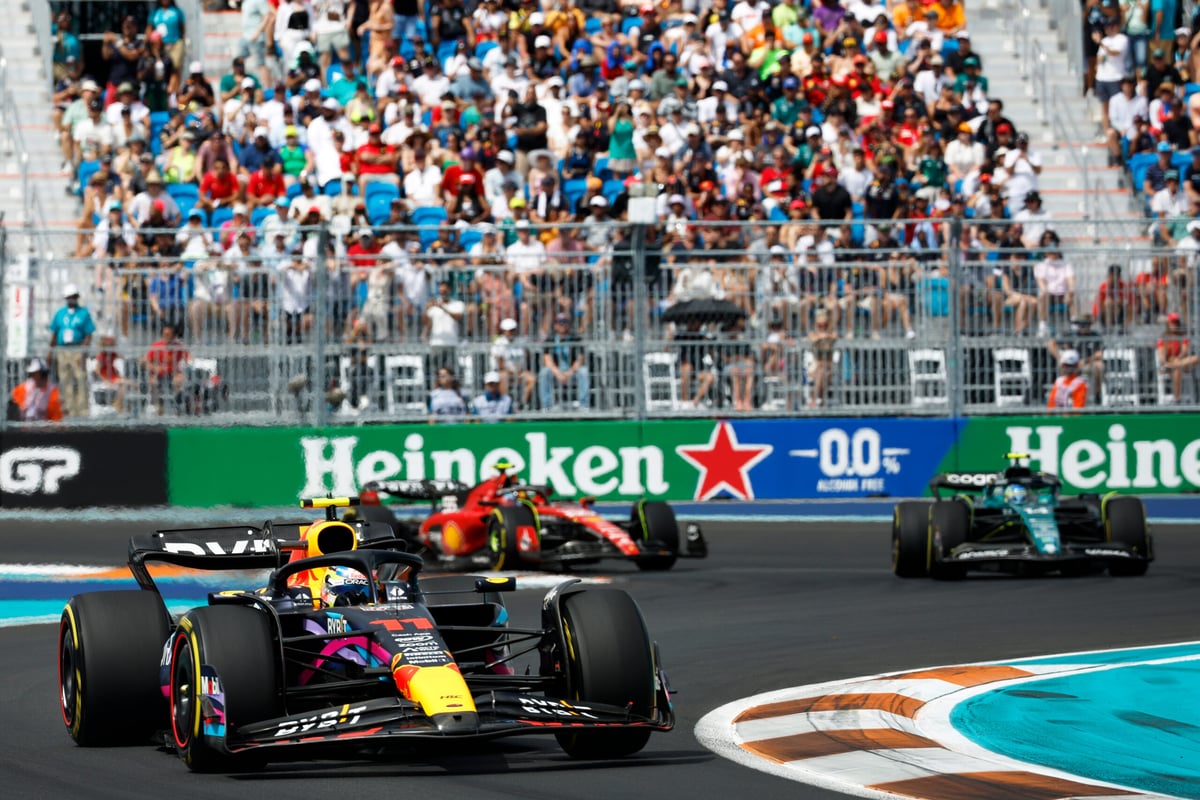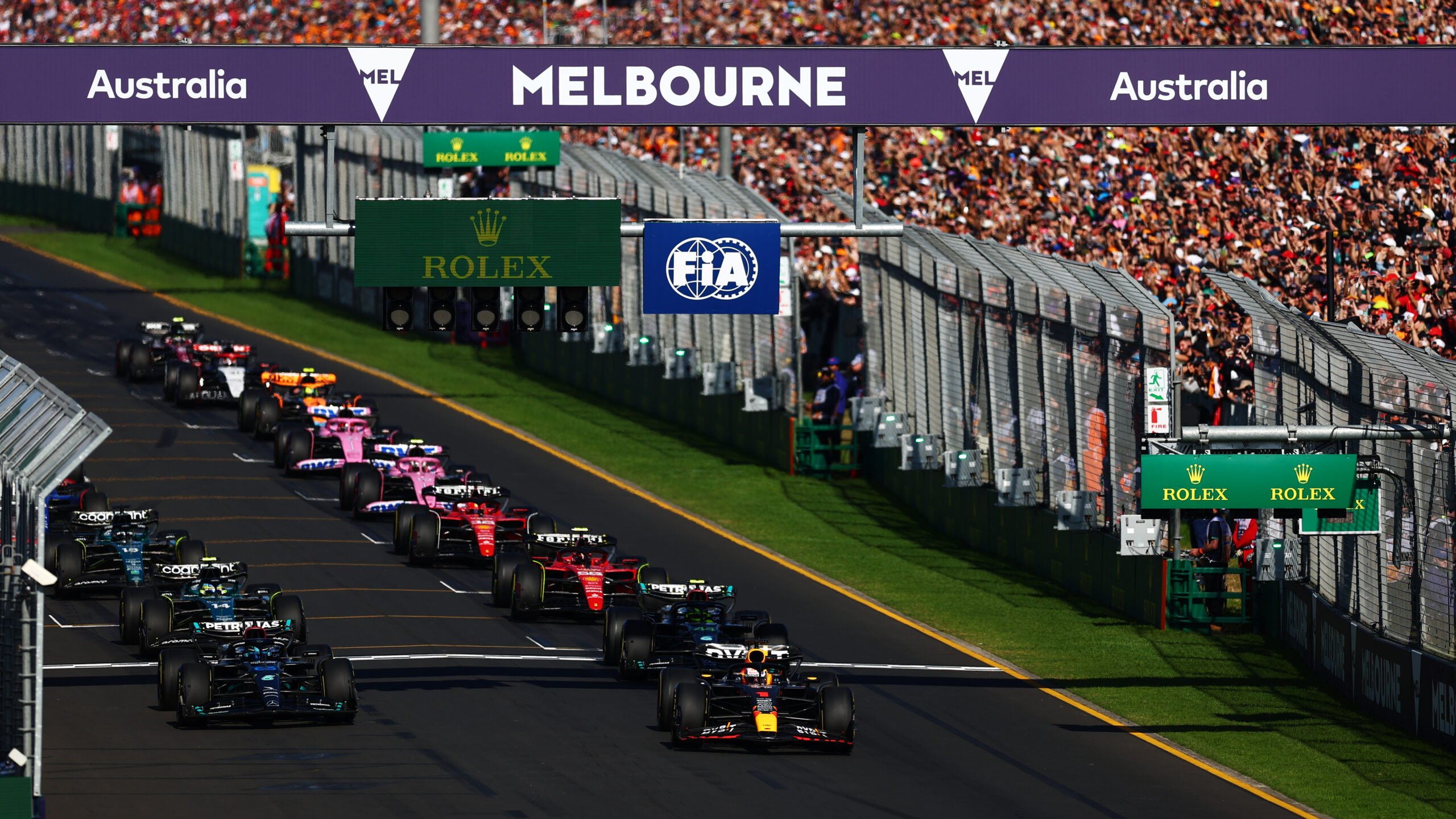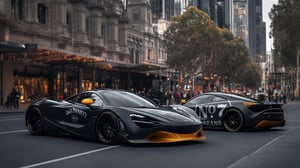Once upon a time, long before the cultural ubiquity and 10-year LVMH partnership the motorsport currently enjoys, staging a Formula 1 grand prix posed a considerable economic risk with no guarantee of a tangible (or beneficial) return.
In its final year of operation, for example, the 2013 Indian Grand Prix tallied losses of US$24 million; while the 2012 Korean Grand Prix found itself US$37 million in the red an entire year prior to bowing out.
It was to the point that the eye-watering hosting fees – city equivalents of a cover charge which doesn’t include any practical events costs, and ranges from US$20 million (Monaco) to approximately US$60 million (Azerbaijan) – would’ve certainly been a non-starter for most governments.
Then in 2019, everything changed with Netflix’s Drive To Survive.
The Netflix Effect
Prestige and a storied history doesn’t necessarily pay the bills, but eyeballs almost certainly do. And for better or for worse, there were suddenly more eyeballs on the grid than ever before.
Particularly in the United States.
In light of Formula 1’s origins, Europe was always a given. But prior to the late 2010s/early 2020s, the US represented something of an untapped market, informally gatekept by its own budding motorsport scene (e.g. NASCAR, IndyCar). Converting the agnostics and otherwise apathetic via the cultural backdoor of a hit docuseries essentially meant building a whole new audience base.
Within the first two years of Drive To Survive storming global streaming queues, the US Grand Prix (Austin) attendance numbers skyrocketed from 264,000 to 400,000 – a far cry from the days its event organisers had to lure punters in with a live performance from Taylor Swift.
On a macro scale, races suddenly averaged 70 million simultaneous viewers with the 2021 season finale beating Super Bowl LVI 108.7 million to 101 million. In terms of dollars and cents, Formula One Group’s revenue doubled to US$2.14 billion while its US-based parent company Liberty Media recorded a +62% stock price gain (Liberty’s market cap now hovers around the US$30 billion mark).
Soon after, the race calendar added two monied US grands prix: Miami and Las Vegas – perhaps the greatest showcases of how the paradigm had successfully shifted from poison chalice to winning lottery ticket.
RELATED: Jack Doohan’s Alpine Seat Already Threatened Thanks To “Controversial” Contract
Follow The Money

With its attractive tax benefits and status as the de facto crypto capital of the world, there was no question the nouveau riche powerhouse that is Miami would print money once provided an opportunity such as its own Formula 1 grand prix. Ludicrous bottle service packages, food menu premiums, and all.
In 2022, the Magic City got its shot.
“This is where people want to come and do business,” Oliver Hughes, Chief Marketing Officer of Red Bull Racing, told The Athletic.
“You’re just seeing with the sport in general, the eyeballs in the US, the direction the sport is going… all the big deals at the moment are big, American tech companies, whether it’s us with Oracle or another big, American tech company in HP coming to Ferrari. McLaren has got a number of new tech companies from the US.”
Many of you may recall that around this time, Williams Racing courted homegrown talent Logan Sargeant, opening the door to some much-needed American sponsorship dollars from Gulf Oil, Michelob Ultra, Stephens, and Duracell.
Per the independent analysis commissioned by the Miami Grand Prix, this newfound American appetite for F1 culminated in a US$449 million benefit for the local economy from the 2023 race alone (up 29% from the maiden event in 2022). Visitor spending in the Greater Miami region had managed to surpass US$195 million against the US$150 million generated in 2022, and provided US$150 million worth of employment.
“We’ve done almost US$800 million in economic impact over the first two years, and we’re certainly proud of that,” noted Tyler Epp, President of the Miami Grand Prix, before vowing continual growth.
Vice City was, however, child’s play compared to what Sin City had in store.
Viva Las Vegas

The house always wins in Nevada. And that isn’t restricted to the casinos, either.
While headlines focused on the extortionate rates for accommodation, infrastructure-related teething issues, disgruntled locals, and a stray manhole cover tanking Carlos Sainz Jr’s qualifying efforts, something unprecedented was happening in the background of the biggest sporting event in Las Vegas history – even bigger than Super Bowl LVIII.
Significant when you remember the NFL is America’s greatest sporting love and the Big Dance its most important game.
In its own 40-page breakdown on the economic impact of its glitzy and glamorous maiden grand prix in 2023 (via Joe Pompliano), Las Vegas revealed the following eyebrow-raising insights:
- The total economic impact measured US$1.5 billion against the aforementioned Super Bowl’s US$1 billion, including US$884 million visitor.
- Race visitors spent 3.6 times more than the typical Las Vegas tourist (staying 4.1 nights and spending over US$4,100 on average).
- 7,300 jobs, including 2,200 for race-related construction projects and 5,100 for event operations, were created.
- A historic US$77 million worth of tax revenue was collected; local workers earned US$52 million in wages.
- Formula 1 spent US$88 million on public infrastructure improvements (not including land acquisition, etc.).
- And Las Vegas Airport had the bragging rights of being the country’s second busiest airport the day after the race with 2,200 operations.
“Safe to say, F1 will be back for the foreseeable future!” remarked Pompliano.
Numbers and pageantry aside, the Las Vegas Grand Prix has also since inked its chapter in the annals of Formula 1 as the race where Red Bull’s Max Verstappen secured his fourth consecutive world title (2024); and the race where the Red Bull team secured its first-ever 1-2 Drivers’ Championship finish with Verstappen and Sergio Perez (2023).
RELATED: Start Your Engines — An 11th Team Is Officially Entering Formula 1
The Melbourne Case Study

In defiance of both Australia’s relative geographical isolation, far smaller economy, and far smaller population, Melbourne proved “The Netflix Effect” still had sway outside of a major financial nucleus like the United States.
With the notable exceptions of the two cancelled grands prix during the COVID-19 years – 2020 (AU$40 million) and 2021 (AU$13 million) – the Victorian government’s expenditure has been steadily increasing year on year: swelling from the AU$60 million forked out in 2014 all the way to AU$100+ million in 2023.
But as outlined by Ernst & Young’s economic impact report, it’s been taxpayer money well spent.
The record-breaking 2023 Melbourne Grand Prix – which boasted a gross attendance of 444,631 across four days (55% Victorians, 42% interstate, and 3% international) – resulted in an admirable return on investment: AU$268 million in aggregate benefit from AU$144 million in direct spend.
“The number of full time equivalent (FTE) jobs generated in Victoria from the economic impact of the event in 2023 was 1,149,” elaborated the summary.
“This included 614 FTE jobs directly generated by the event and 535 FTE jobs indirectly generated by the event. This was an increase of 415 total FTE jobs in 2023 compared to 2022.”
If these numbers are anything to go by, the revised certainties in life are now death, taxes, and the success of a Formula 1 grand prix. Don’t be shocked if the already packed 24-race calendar (including six F1 Sprint events) expands to new frontiers – or revisits old territories – in due course.
Also read:
















